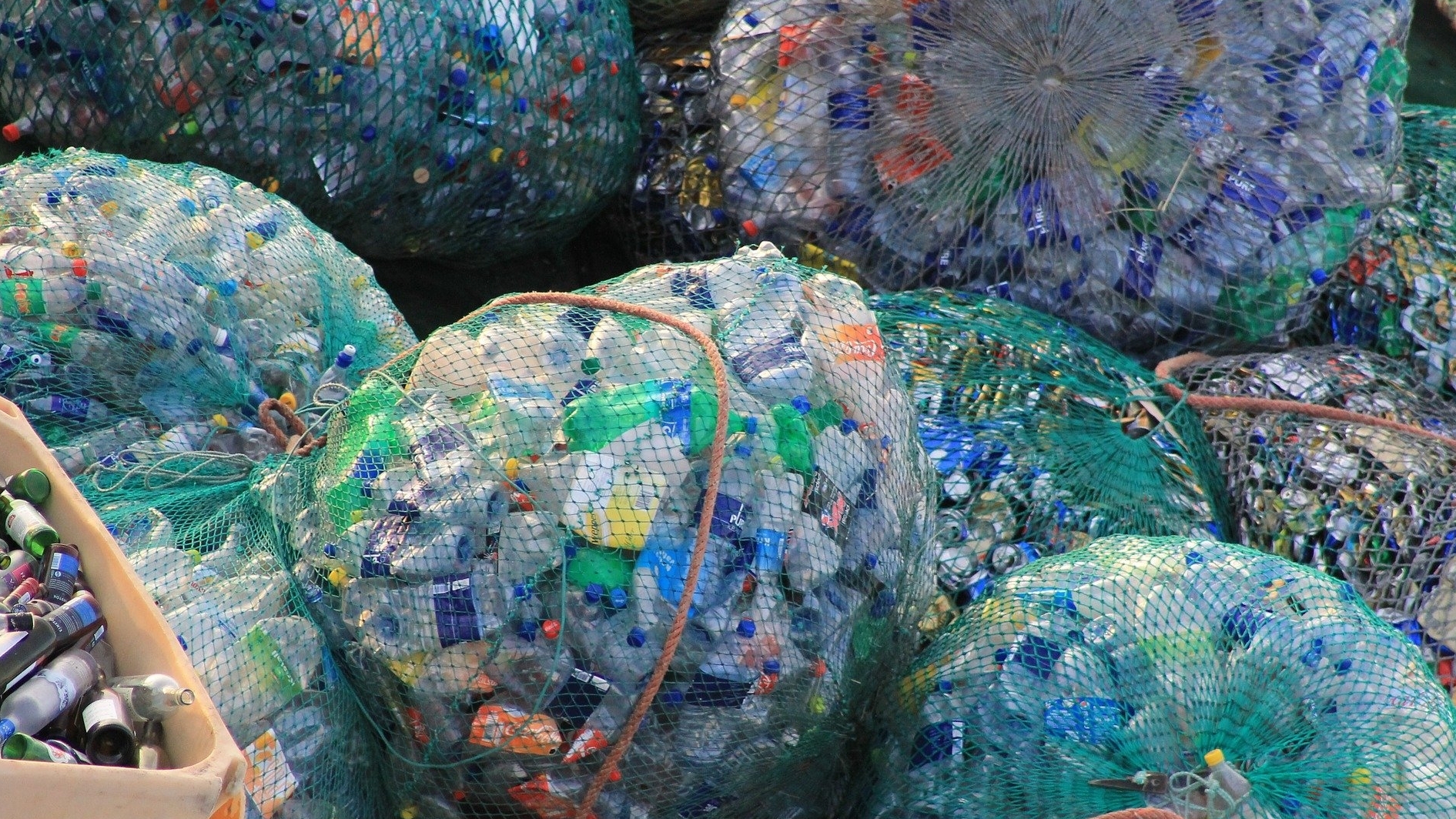It still seems "zeitgeisty" for some people to make derogatory comments about used plastics. This is reflected in sometimes completely undifferentiated accusations against plastic waste, which are then translated by politicians into nonsensical regulations such as the "plastic tax" planned by the EU Commission - although experts argue strongly against it. However, it is not only plastic packaging, but plastic packaging in particular, that is not waste but a valuable resource. This is because they are the raw material for new goods: The recyclate, as the experts call the sorted and chopped up old plastic, can be used to make new plastic products.
The recycling principle here is to turn old into new. In this way, raw materials and energy are saved and the environment is relieved because recycled material can be used for the production of new products and new plastic does not have to be produced. So there is no reason - and no justification! - to "slander" used plastic goods as waste.
In fact, quite a few products are now advertised by their manufacturers as being made from recycled plastic or having a high proportion of recycled plastic. Be it spectacle frames, electrical appliances, household items or others - the fact that the recycled plastic is referred to in their marketing shows a continuous change in thinking in the right direction: a recyclable material that can be used again and again is recognized and appreciated as such.
Recyclable material cycle - ecologically and economically sensible
At a time when the finite nature of resources is increasingly becoming the focus of public opinion, politics and science and is also becoming more and more obvious, the recycling of plastics is a good example of how things can be done better: instead of using resources only once, plastics become part of an ecologically and economically sensible material cycle in which they are used again and again. It is also thanks to this principle that plastic drinks packaging, for example, performs better in the ecological balance sheet than the glass bottle preferred by some supposed environmentalists. Meanwhile, critical institutions such as the Federal Environment Agency have also come to this conclusion.
How does the use of used plastic as a raw material work? There are many ways to keep plastic in a cycle: for example, by breaking it down into its individual chemical components or by using the carbon contained in the material to generate energy and heat. At present, mechanical recycling of plastics is predominant. This is called mechanical recycling. In this process, plastic waste is sorted according to the individual types of plastic, washed, melted down and processed into the aforementioned recyclates. These recyclates are an excellent starting material for new plastic products. They therefore make the production of new plastics superfluous. Mechanical recycling preserves the chemical structure of the plastics. This recyclate can replace virgin material on a one-to-one basis.
Using the energy stored in plastic
Feedstock recycling is particularly suitable for mixed and contaminated plastic fractions. In this process, the polymer chains of the plastic are broken down, for example by heating. The resulting materials can also be used to produce new plastics or instead of coke, coal or natural gas in blast furnaces. In pure energy recovery, the energy contained in the plastics is used to produce electricity, steam and to provide process heat. The latter process is particularly suitable for contaminated plastic fractions. It makes a significant contribution to saving fossil fuels and thus makes a valuable contribution to climate, environmental and resource protection.
In view of the great importance of plastic as a recyclable material, the industry has set itself the target of bringing 90% recyclable or reusable packaging onto the market by 2025. Currently, this rate is already at 75%. This makes it clear that the recycling of plastic does not serve to solve a problem, but quite clearly to utilize a valuable raw material. Unlike alternative materials, plastic packaging is therefore not waste after its first use, but a resource that needs to be utilized.
Links
https://newsroom.kunststoffverpackungen.de/2019/03/15/global-recycling-day-fordert-mehr-plastikrecycling/
https://www.plasticseurope.org/de/focus-areas/circular-economy/zero-plastics-landfill/recycling-and-energy-recovery
https://utopia.de/ratgeber/rezyklat-diese-rolle-spielt-es-bei-verpackungen/


